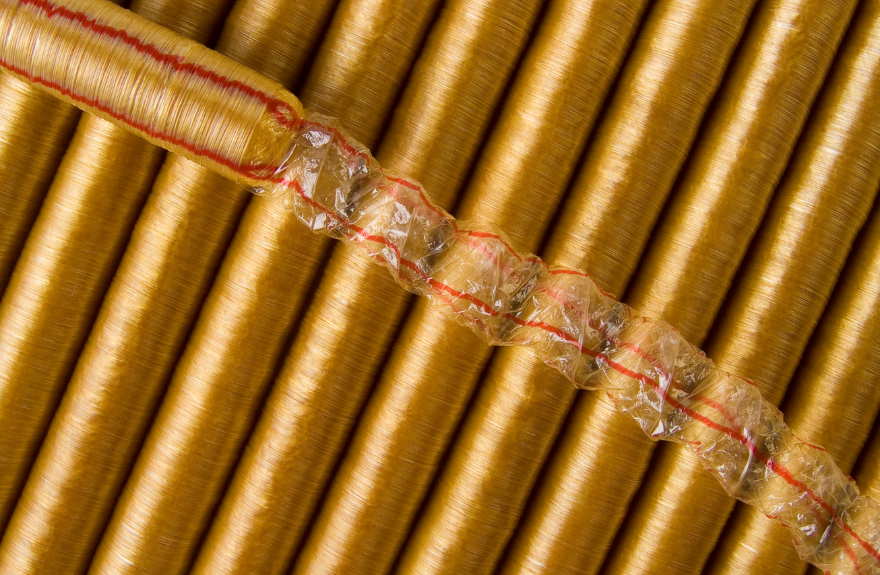What Sausage Casing Options Are There?

A quality sausage casing is critical for when you are aiming to prepare meats and make them into these appealing treats. But as you get your casing, you have to watch for how well that material can work. It has to be easy to handle and cut through but it should also be something that is edible. Sometimes the casing might require an extra bit of work on your part in terms of making it useful.
Natural Casings
The first option to see when planning the sausages for a meat tray is a natural casing. This is made from various sections of an animal’s digestive system. It can be made from the stomach or intestine among other parts.
A natural casing comes with a tender bite and can conform its body to your sausages quite well. It will not break apart all that easily either.
Cellulose
You can also use a cellulose-based casing. This is a made from a compound found in the cell walls of plants although it is often made in a synthetic form. Cellulose can be useful for forming sausage shapes and can resist breakage quite well.
However, it also has to be removed after you get the shape of your sausage formed properly. That is, you would have to remove the casing before packaging the sausages. That means the cellulose-based casing would only be used to temporarily keep the meat in its place.
Collagen
A third option for a casing is a collagen-based option. This comes from the collagen tissues that are found in beef hides. This is what keeps certain tissues together. It is edible but it can also shrink with your product. It is also rather fragile. You would have to be cautious when using this so you can get it prepared into shapes that can stick around for a while.
Getting the right casing materials for your meats is important to consider. Be certain when finding the right casings that you look at what each is made with and how they can work for your meat preparation needs.
